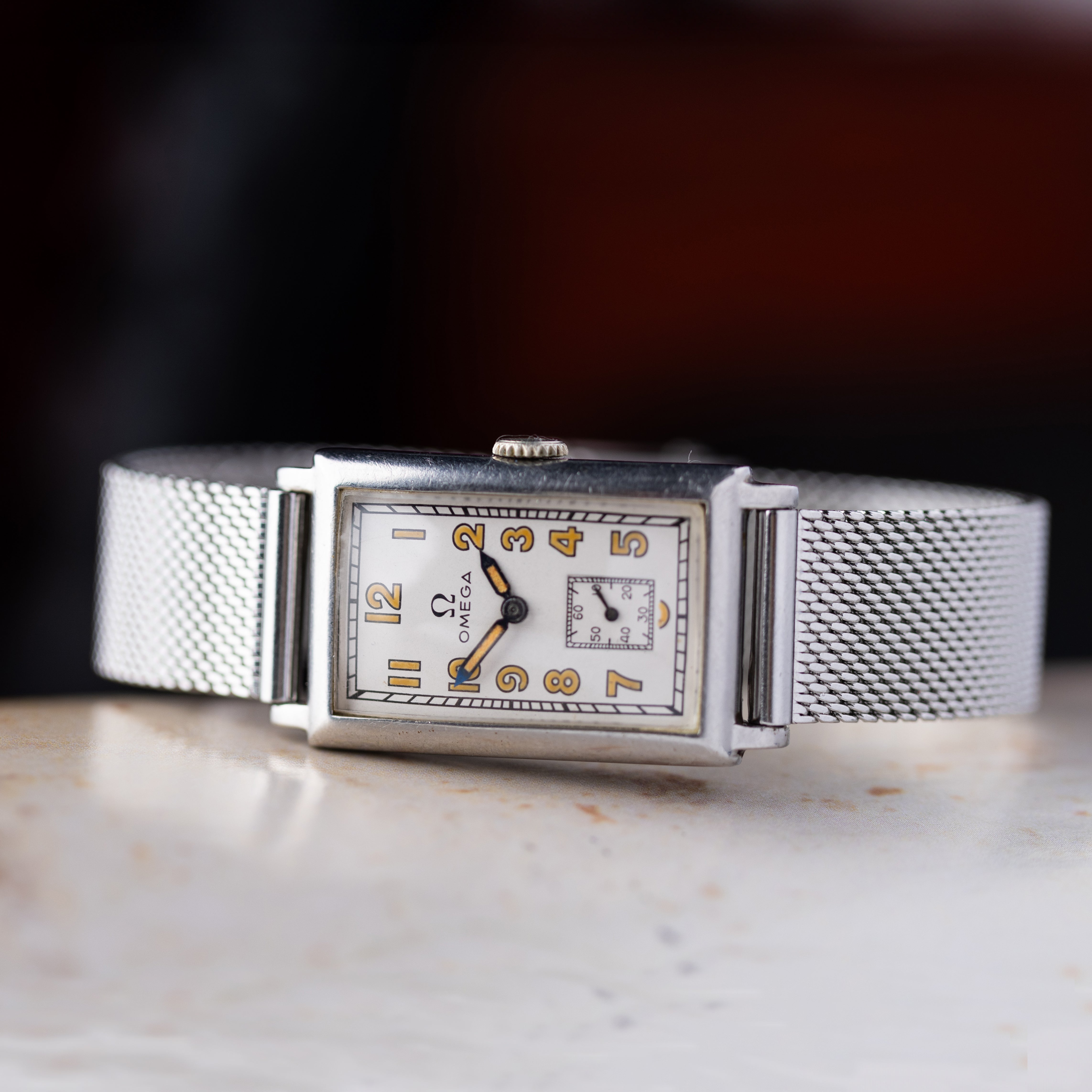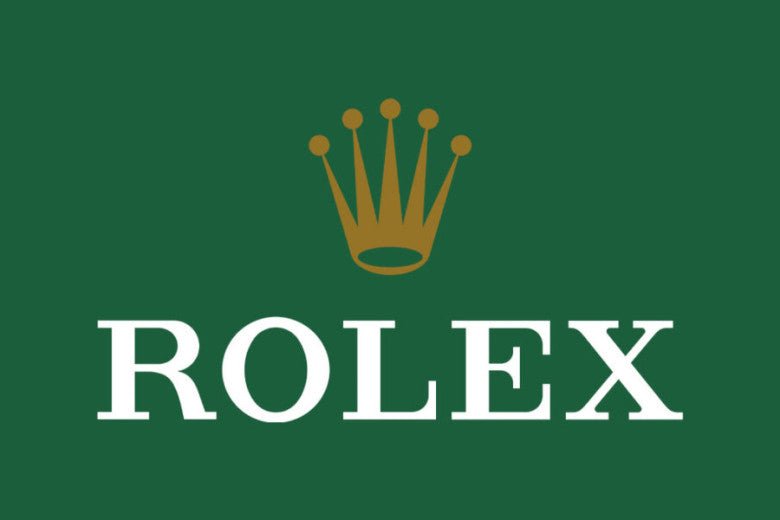The story of the world’s most recognizable Swiss watch brand is inseparable from the pioneering genius of its founder, Hans Wilsdorf. It began with a modest watch trading company founded by the 24-year-old Wilsdorf in 1905 in London, together with his brother-in-law Alfred James Davis. Even then, the young entrepreneur dreamed of wristwatches. Although early models lacked precision, Wilsdorf foresaw their potential to become not only elegant but also functional accessories. He pursued his ambitious vision by equipping his products with ultra-precise compact movements made at a factory in Biel.
Every new company needs a catchy, concise name. Wilsdorf approached naming his future famous brand with insight. Departing from the common practice of naming the company after oneself, the German-born visionary chose a name that was short, easy to remember, and pronounceable in any language. Considering his business focus, brevity was key—the name needed to look good on dials and movements.
The Birth of the Name "Rolex"
According to legend, in 1958 on the company’s 50th anniversary, Wilsdorf recalled trying countless letter combinations, none of which satisfied him. Then one morning, while riding a horse-drawn omnibus along Cheapside in London, the word "Rolex" came to him—seemingly whispered by destiny. The trademark was officially registered on July 2, 1908.

Precision Becomes a Trademark
From the outset, the fledgling brand focused on the quality of its watch movements. The emphasis on precision paid off: in 1910, a Rolex watch received its first chronometric certificate from the Swiss watch rating office in Biel. Just four years later, the British Kew Observatory awarded a Rolex wristwatch a Class A precision certificate—a distinction previously reserved only for marine chronometers.

The Move to Geneva and the Birth of Rolex S.A.
In 1919, Rolex relocated to Geneva, the world capital of watchmaking. A year later, Rolex S.A. was incorporated, and its timepieces had already become synonymous with accuracy.

The Oyster: A Waterproof Breakthrough
Rolex’s first major success came with the development of the first water- and dust-resistant watch—the "Oyster." Its sealed case protected the movement like a safe. In 1927, a Rolex Oyster crossed the English Channel on the wrist of British swimmer Mercedes Gleitze. The 10-hour swim ended with the watch emerging unscathed and fully functional.

The triumphant crossing was publicized with a full-page ad in the Daily Mail, extolling the waterproof prowess of Rolex watches.
The Self-Winding Revolution
In 1931, Rolex introduced a self-winding mechanism based on the “Perpetual” rotor, which allowed the watch to wind itself with the motion of the wrist. This technical innovation became the foundation for all automatic Rolex movements.

Testing in Extreme Conditions
From the 1930s onward, Rolex tested its watches under extreme real-world conditions. In aviation, sports, racing, and expeditions, Rolex watches proved their reliability. The Rolex Oyster performed impeccably during the first flight over Everest in 1933 and was later worn by racing legend Sir Malcolm Campbell during his 1935 record-breaking run at 300 mph (approx. 485 km/h) in Utah’s Bonneville Salt Flats.
In a letter to Rolex, Campbell praised the performance of his Rolex watch under extreme conditions.

Rolex Datejust and Professional Watches
In 1945, Rolex released the Datejust, the first automatic chronometer wristwatch with a date display window. It came with a specially designed Jubilee bracelet and was instantly recognizable by its fluted bezel.
The 1950s marked the creation of professional watches for specific demanding environments—diving, aviation, mountaineering, and scientific research.
-
In 1953, following the Everest ascent by Sir Edmund Hillary and Sherpa Tenzing Norgay, Rolex introduced the Oyster Perpetual Explorer.
-
That same year, Rolex launched the Submariner, featuring a rotating bezel for dive time tracking.
-
In 1955, Rolex released the GMT-Master for Pan American pilots, with a dual-colored bezel for distinguishing day and night across time zones.
Day-Date and Iconic Prestige
In 1956, Rolex unveiled the Oyster Perpetual Day-Date, the first wristwatch to display both the date and the full day of the week. Available only in 18k gold or platinum, it came with the exclusive President bracelet. It remains a symbol of prestige and precision for influential figures worldwide.

Vintage Rolex Oyster Perpetual "Big Bubbleback" Radium Dial from 1952
A true classic, this "Big Bubbleback" is a perfect choice for those who appreciate the history of early Rolex models.
$5,000.00
See MoreScientific Milestones and Deep-Sea Exploration
In the late 1950s, Rolex tested the Deep Sea Special, which withstood the Mariana Trench’s pressure during a 1960 expedition. Its third version reached 10,916 meters with Jacques Piccard and Don Walsh aboard the Trieste bathyscaphe.
Rolex also introduced the Milgauss, resistant to magnetic fields, and tested at CERN. It featured a lightning bolt-shaped seconds hand and became a symbol of robustness in scientific environments.
Rolex and Motorsport: Daytona
Daytona Beach, Florida, known for speed records, inspired the Cosmograph Daytona, launched for endurance race drivers. It featured a tachymeter bezel for speed calculations.

Innovation in Diving Watches
In 1967, Rolex launched the Sea-Dweller, water-resistant to 610 meters and equipped with a helium escape valve for saturation diving. The Sea-Dweller 4000 in 1978 pushed that to 1,220 meters.
In 1971, the Explorer II debuted for speleologists and polar researchers, with a 24-hour hand to distinguish day from night in extreme environments.

Modern Elegance and Yacht Racing
In the 1990s, Rolex released the Pearlmaster (a luxurious Lady-Datejust variation) and the Yacht-Master, a marine chronometer available in multiple sizes. In 2007, Rolex introduced the Yacht-Master II, the world’s first regatta chronograph with programmable countdown and mechanical memory, using the Ring Command bezel.

Deep Dives and Sky Travelers
In 2008, Rolex updated its Deepsea line with the Ringlock System, enabling depths unmatched by most submarines—up to 3 tons of pressure resistance.
In 2012, the Sky-Dweller was introduced, featuring dual time zones and an annual calendar called Saros, with intuitive settings via a rotating bezel.
That same year, James Cameron descended to 10,908 meters in the Mariana Trench with the Rolex Deepsea Challengestrapped to his submersible—the deepest solo dive ever. The watch, certified to 12,000 meters, remains unmatched.

Social Responsibility and Technological Advances
In 1976, Rolex established the Awards for Enterprise, recognizing bold solutions to global challenges. In 2009, it launched the Young Laureates Program, supporting innovators aged 18–30. Among the 2014 winners was Arthur Zang, inventor of the Cardio Pad, a medical tablet for remote diagnostics in Africa.
Materials and Engineering Excellence
Rolex was the first watchmaker to use 904L stainless steel in all its steel models—corrosion-resistant and as luxurious as precious metals. The company runs its own foundry and gemology lab to test and select stones.
Notable technical milestones:
-
Caliber 4130 (2000): a simplified chronograph movement with just 290 components.

-
Cerachrom bezel (from 2005): ultra-hard ceramic, scratch-resistant, UV-proof, and diamond-polished with platinum-coated numerals.
-
Parachrom hairspring: a blue anti-magnetic alloy ten times more shock-resistant than standard versions.
The Rolex Legacy Today
Rolex ambassadors include icons such as Roger Federer, Caroline Wozniacki, Tiger Woods, Adam Scott, and Plácido Domingo.
Since 2014, the company has been led by Jean-Frédéric Dufour, a former banker turned horology executive. His leadership experience with Zenith and Chopard, combined with industry accolades, made him a fitting heir to the legacy started by Hans Wilsdorf over a century ago.

